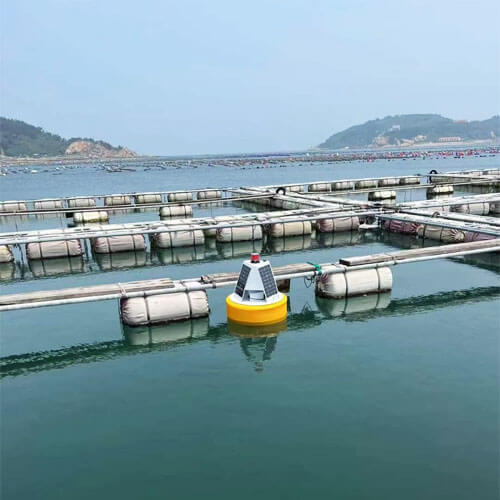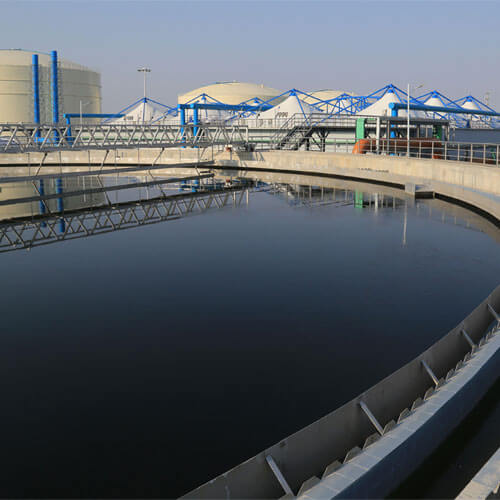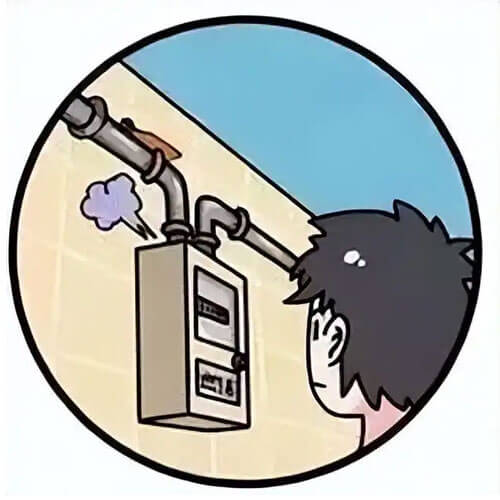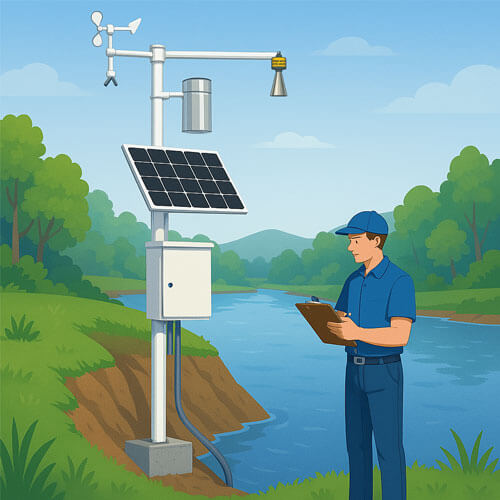In your daily life and work, have you ever felt troubled by unsuitable temperature or humidity levels? Whether you’re an engineer managing a production line, a business owner running a warehouse, or an individual concerned about home comfort, temperature and humidity are critical factors that cannot be overlooked. Changes in temperature and humidity can directly affect product quality, crop growth, equipment performance, and even your health and comfort.
With a scientifically efficient temperature and humidity monitoring solution, you can not only monitor environmental data in real time but also make precise adjustments as needed to create an ideal environment. This article will introduce you to four temperature and humidity monitoring solutions and provide insights into selecting the right sensors for your specific needs.
RS485 temperature and humidity monitoring solution

The RS485 temperature and humidity monitoring system is primarily composed of RS485 temperature and humidity sensors, a monitoring host, and a monitoring cloud platform. In this system, the RS485 temperature and humidity sensors serve as the monitoring units, capable of continuous 24-hour data collection on environmental temperature and humidity changes. The monitoring host acts as the data acquisition unit, actively receiving data collected by all RS485 sensors and uploading it to the cloud platform. A single monitoring host can simultaneously collect and transmit data from up to 32 sensors. Through the data management platform, users can monitor devices for anomalies or threshold violations, store temperature and humidity data for various monitoring points, and gain comprehensive insights into the environment.
The goal of the RS485 temperature and humidity monitoring solution is to leverage the RS485 wiring method to achieve multi-point, long-distance data collection and transmission within a specific area. This solution is ideal for scenarios where monitoring points are relatively centralized, and project budgets are limited. It is well-suited for locations such as greenhouses, server rooms, hotels, libraries, hospitals, laboratories, office buildings, residential buildings, and archive storage facilities.
The overall architecture of the RS485 temperature and humidity monitoring solution is centered around the host and utilizes a two-segment data communication method. The first segment involves all temperature and humidity sensors networking with the monitoring host via the RS485 bus. The RS485 “main line” connected to the host can branch into multiple “sub-lines” to connect temperature and humidity sensors at different monitoring locations, with a maximum communication distance of up to 2000 meters (based on actual testing). For specific wiring rules, please contact our pre-sales technical team. The second segment involves the monitoring host uploading the collected temperature and humidity data to the data management platform via an RJ45 network port or Wi-Fi.
- Pros: Sensors and the host are connected via wiring, ensuring stable data transmission that is not affected by the surrounding environment or electromagnetic interference. The monitoring range is extensive, reaching up to 2000 meters.
- Cons: Manual wiring is required, resulting in a relatively high workload.
LoRa temperature and humidity monitoring solution

The LoRa temperature and humidity monitoring solution is currently a very popular wireless monitoring method. It consists of LoRa temperature and humidity sensors, a LoRa gateway, and a cloud platform. Using LoRa wireless communication technology, the wireless sensors-collected temperature and humidity data is transmitted to the monitoring host, which then uploads the data to the cloud platform via Ethernet. This enables real-time monitoring of environmental temperature and humidity changes, allowing for timely action in response to abnormal conditions and ensuring the safety and stability of the environment.
Traditional temperature and humidity monitoring systems face issues such as extensive cable laying, exposed cables, and excessively long communication lines, which result in time-consuming, power-draining, and development-challenging network setup. Under the same power consumption, LoRa offers a significantly greater communication range compared to other wireless methods, expanding the range by 3 to 5 times. This gives LoRa a distinct advantage in temperature and humidity monitoring.
The overall architecture of the LoRa temperature and humidity monitoring solution centers around the LoRa gateway and uses a two-segment data communication method. The first segment involves all sensors establishing wireless communication with the LoRa gateway via wireless networking. The second segment has the LoRa gateway uploading the temperature and humidity data to the data platform via an RJ45 network port or Wi-Fi.
- Pros: High performance, long-range, low power consumption, supports large-scale networking, distance measurement, and positioning.
- Cons: Lower anti-interference capability compared to wired transmission, and the LoRa sensors are battery-powered, requiring periodic replacement.
WIFI temperature and humidity monitoring solution

The Wi-Fi temperature and humidity monitoring solution is a complete system in which temperature and humidity sensors serve as the monitoring terminals, and Wi-Fi is used as the signal transmission medium. The collected temperature and humidity data is uploaded to the cloud platform, allowing real-time data access through mobile phones or computers. The system consists of Wi-Fi temperature and humidity data loggers (either single-probe data logger or multi-probe data logger models) and a cloud platform. It enables continuous 24-hour online monitoring and supports remote data viewing, historical data curve viewing, and data anomaly alerts.
The goal of the Wi-Fi temperature and humidity monitoring solution is to utilize the existing Wi-Fi communication network for data collection and transmission, achieving centralized monitoring of temperature and humidity data. This significantly reduces the amount of construction work required, improving efficiency and reducing maintenance costs. The system is widely used in environments such as server rooms, hotels, hospitals, pharmacies, warehouses, and grain storage facilities.
Wi-Fi temperature and humidity data loggers come with built-in storage capabilities, allowing for secondary data transmission. The overall architecture uses the TCP/IP protocol to upload data to the software platform via an RJ45 network port. Additionally, the devices have a data caching function, enabling secondary data transmission if needed.
- Pros: No wiring required, low workload, low cost.
- Cons: Power outages may result in data loss.
Ethernet temperature and humidity monitoring solution

The Ethernet (RJ45) based temperature and humidity monitoring solution is a system that uses Ethernet communication for long-distance output and centralized monitoring. The system mainly consists of temperature and humidity sensors, network devices, and a cloud platform. The temperature and humidity sensors collect real-time data and send it to a switch via an Ethernet interface. The switch is responsible for aggregating the data from multiple sensors and transmitting it through the network to the cloud platform or a local server. This solution enables 24-hour continuous online monitoring and supports features such as remote data viewing, historical data curve viewing, and data anomaly alerts.
This system supports both local network communication across subnet segments and wide-area network communication across gateways. The Ethernet temperature and humidity monitoring solution is highly dependent on the local network environment. It is suitable for applications where data security and accuracy are critical, such as industrial parks, agricultural greenhouses, pharmaceutical factories, laboratories, and similar settings.
- Pros: Fast and stable data transmission, strong compatibility.
- Cons: Dependence on the network environment, complex system configuration, limited mobility.
How to choose temperature and humidity sensor?
Application field: greenhouses, smart breeding
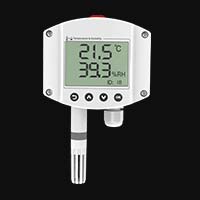
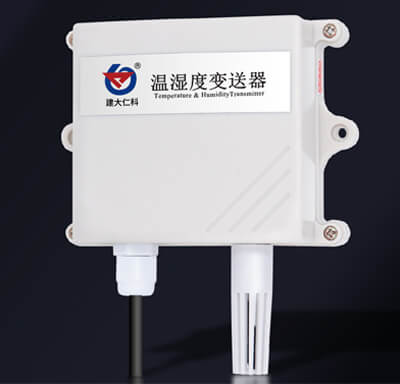
It adopts a wall-mounted high-grade enclosure with a protection grade of IP65, rain and snow proof, and good air permeability. The circuit adopts an American imported industrial-grade microprocessor chip and imported high-precision temperature sensor to ensure the excellent reliability, high precision, and interchangeability of the product. This outside air temperature and humidity sensor adopts a particle sintered probe sheath, and the probe is directly connected to the shell and has a beautiful appearance. The output signal types are divided into RS485 and analog output modes.
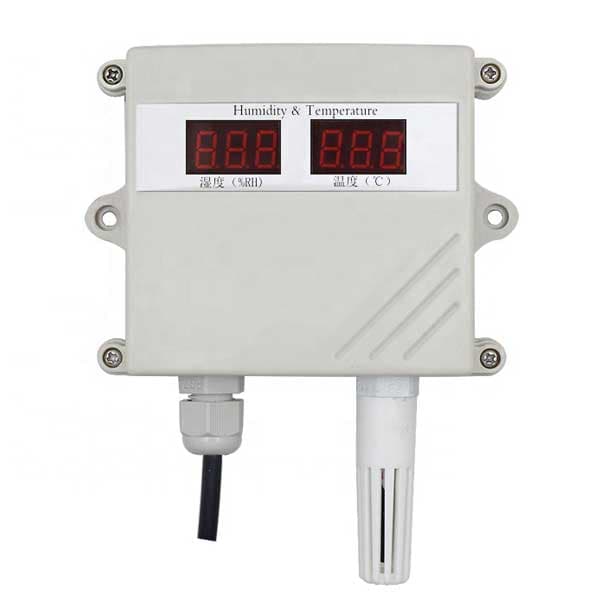
It adopts a wall-mounted high-grade enclosure, with a protection grade of IP65, rain, and snow-proof, and good air permeability. It has a display function and a high-bright digital tube display. The value is clear, and the current temperature and humidity can be displayed in real-time. The circuit adopts an American imported industrial-grade microprocessor chip and imported high-precision temperature sensor to ensure the excellent reliability, high precision, and interchangeability of the product. This product adopts a particle sintered probe sheath, and the probe is directly connected to the shell and has a beautiful appearance.
Application field: industry, pipeline
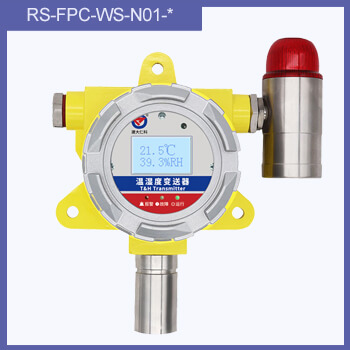
It is mainly used to monitor the temperature and humidity in the air. When the concentration exceeds the preset alarm value, it will send out an audible and visual alarm signal to remind users to take safety measures in time. The transmitter adopts the original high-quality temperature and humidity sensor imported from Switzerland. The sensor has the characteristics of high measurement accuracy and strong anti-interference ability, which ensures the excellent measurement performance of the product. Remote infrared remote control technology, parameters can be modified without disassembly. With large LCD, wall-mounted explosion-proof shell, easy installation, protection grade IP65, explosion-proof mark: Ex d IIC T6 Gb, can be used in a harsh outdoor environment.
Application field: indoor (computer room, laboratory, office)

Indoor 86 temperature and humidity sensor with LCD, real-time display of temperature and humidity, large-screen LCD, beautiful and generous. The wiring terminal adopts a military-grade spring-type screw-free terminal, which can be connected by pressing and plugging. The wire can be quickly connected even without a screwdriver on site. Using high-precision temperature and humidity measurement unit, on-site self-calibration, long-term stability, and small drift. The equipment adopts two signal output modes: RS485 or analog quantity. The built-in extension of the probe is optional. The built-in probe is easy and convenient to install. The extension type of the probe can choose a variety of probes for different occasions.
Application field: HVAC system
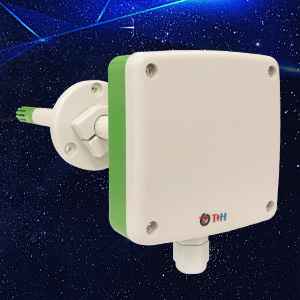
Used in duct temperature and humidity sensor measurement. Imported temperature and humidity measuring unit is adopted, with small drift and high accuracy. The equipment adopts RS485 and analog quantity transmission modes. Pipeline installation method, convenient on-site installation, adopts anti-interference circuit design, can withstand various strong electromagnetic interferences such as on-site inverters; the equipment adopts a waterproof shell design, the equipment has a bright color LED display, and the wheel displays real-time temperature and humidity to ensure The displayed value can be seen clearly in dark places. The filter screen of the equipment probe adopts 25um high-strength stainless steel material, which can not only ensure the entry of gas molecules but also prevent the entry of dust particles and water droplets. It can be used in humid and high-dust occasions and is durable.



